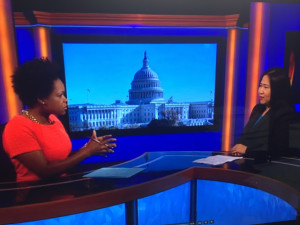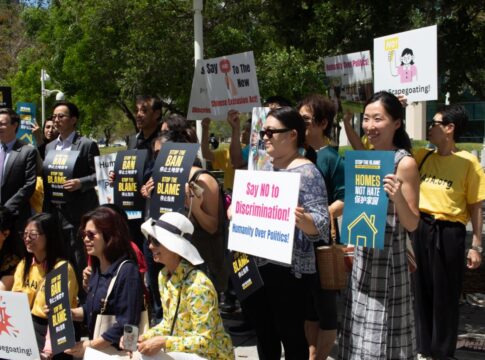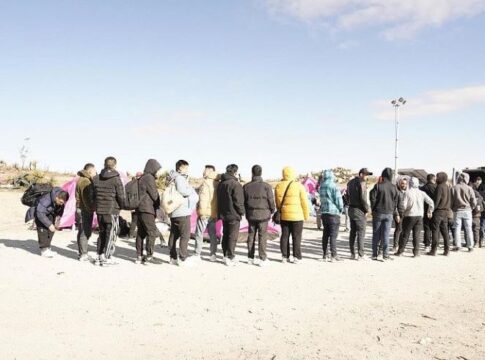
By Ed Diokno
Those who voted in the last presidential election (in 2012) created the most racially and ethnically diverse electorate in U.S. history. Nearly 1 in 4 votes were cast by non-whites. That trend is expected to continue this year, but barriers still exist for some populations.
Candace Kelley of Comcast Newsmakers recently interviewed Terry Ao Minnis, director of Census and Voting Programs at Asian Americans Advancing Justice.
When Asian immigrants swear their allegiance to the U.S. and the Constitution to become full-fledge American citizens, you would think one of the first things they do is to register to vote. In fact, representatives of the political parties are usually at the swearing-in site to register new voters.
Apparently, the route from raising your right hand to become an American citizen to becoming a registered voter is not a straight path because one of the rights of becoming an American is the freedom to choose. Too many choose … not to become voters.
VIEW the entire Comcast Newsmakers interview, click here.
LATEST STORIES
A report from the Public Policy Institute of California (PPIC) released last week shows that political participation has failed to keep pace with California’s population growth or its changing demographics. Since 2000, California’s total population has increased by about 16 percent and the percentage of adults of voting age has increased by 22 percent. Yet voter registration has increased by just 10 percent. Today, 82 percent—24.6 million—of California’s adults are eligible to vote, but just 57 percent are registered to do so. In 2000, 63 percent were registered.
Only half of California adults can be expected to vote in this year’s presidential election, and they are likely to be very different from those who do not vote—in their demographic and economic backgrounds and in their political attitudes.
Likely voters in California tend to be older, white, college-educated, affluent, and homeowners, according to the report, based on analysis of state data and results from the 2015 PPIC Statewide Survey. Likely voters also tend to identify themselves as “haves”—rather than “have nots”—when asked to choose between these two economic categories. Nonvoters tend to be younger, Latino and Asian, renters, less affluent, less likely to be college-educated than likely voters—and they generally identify with the have-nots.
The economic differences between voters and nonvoters reflect the growing economic divide that has surfaced as one of the most important policy issues this election year. Voters and nonvoters vary noticeably in their attitudes toward the role of government and government spending, as well as their views of elected officials—all of which come into play in an election year.
The disparity between Californians who participate in elections and those who don’t is particularly important in a state that calls on its voters not only to elect representatives but also to make major policy decisions through ballot initiatives. That disproportionate influence of white voters is how California passed Prop. 209, the anti-affirmative action measure, and Prop. 187, which prohibited undocumented immigrants from receiving public assistance.
“The divide between voters and nonvoters appears to be deep, persistent, and difficult to bridge,” said the report’s author, Mark Baldassare, PPIC president and CEO. “It will have far-reaching consequences this fall, when issues as important as the minimum wage, school bonds, and the death penalty are likely to be on the ballot.”
For any AAPI who is tired of being passed over, ignored or unheard, it is time we stop letting other people make our decisions for us. Forget that old Asian adage about the nail getting hammered, that’s so passe; standing up to be counted is one way get noticed.
(Ed Diokno writes a blog :Views From The Edge: news and analysis from an Asian American perspective.)
(AsAmNews is an all-volunteer effort of dedicated staff and interns. You can show your support by liking our Facebook page at www.facebook.com/asamnews, following us on Twitter and sharing our stories.)









